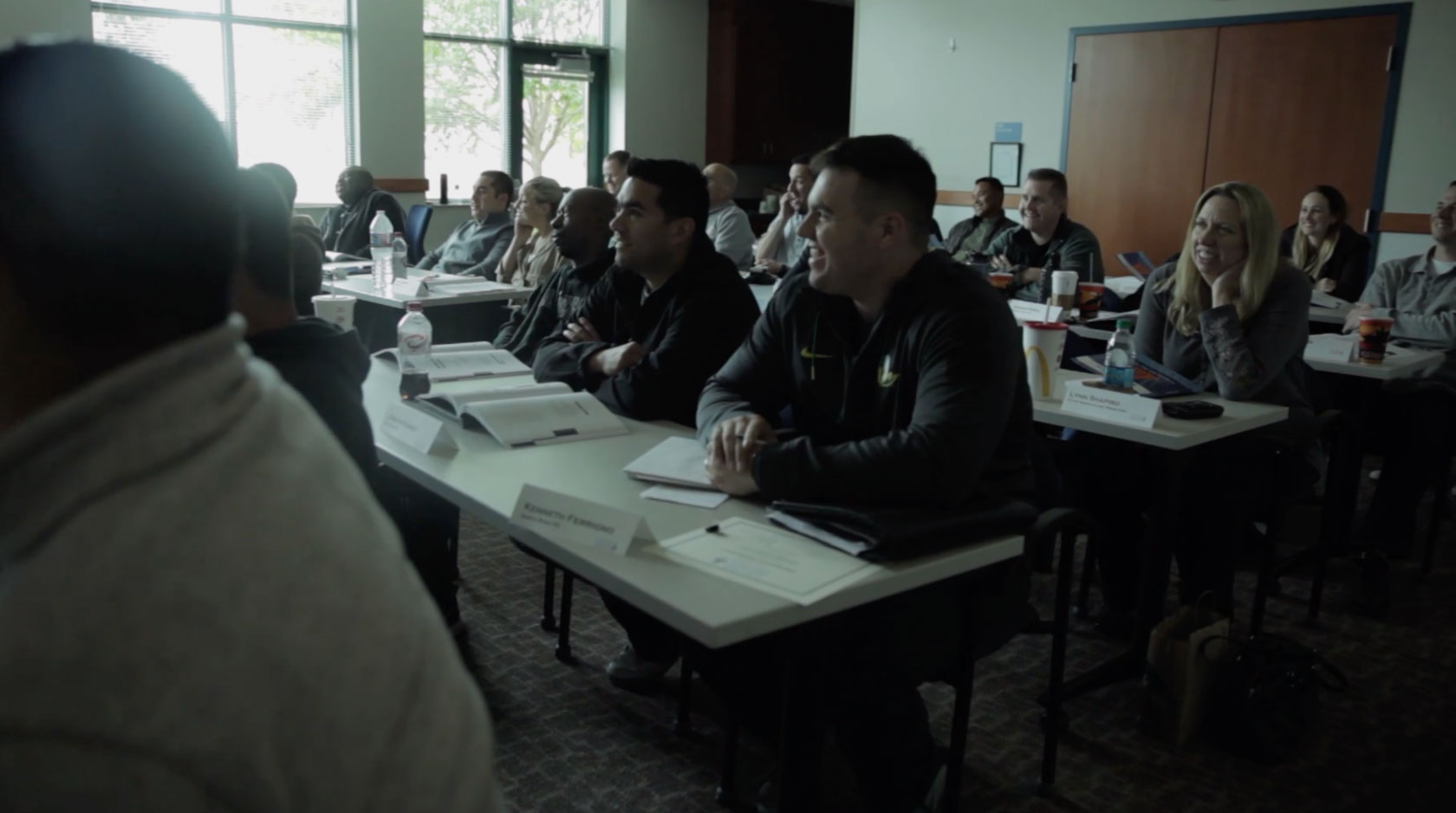This was, by far, one of the most useful training classes I've attended since becoming an investigator.

The Fourth Amendment and “Excessive” Force
If you are the unfortunate focus of a lawsuit pursuant to 42 U.S. C. 1983 you know that it can be a trying, stressful event. Especially in the 9th Circuit. The 9th Circuit promulgated the “provocation rule” which allowed officers to be found liable EVEN when they used constitutionally reasonable force if 1. The officer “intentionally or recklessly provokes a violent confrontation” and 2. The provocation is an independent Fourth Amendment violation. What that exactly meant for officers was hard to discern. The United States Supreme Court just gave some guidance in County of Los Angeles v. Mendez, 2017 DJDAR 4912.
A CI notified LA County Sheriff’s Deputies that an armed and dangerous parolee at large had been seen at a residence. The deputies went to the residence. A resident refused to allow the deputies to enter unless they had a warrant. They did not. The front door was open and they saw an individual inside the house so they entered. Some officers went to the back of the house. They went to a structure that had an air conditioner and a blue blanket over the entrance. Mendez and his wife were napping in the shack. Without a search warrant, without knocking and announcing, the deputies opened the door to the shack. Mendez raised a BB gun toward the officers. One of the deputies yelled “Gun!” and the officers shot Mendez and his wife. Mendez lost his leg. The parolee was not found.
Mendez sued the deputies for Fourth Amendment violations: warrantless entry, no knock notice, and excessive force. On the first two claims the District Court awarded nominal damages. On the excessive force claim the court found the deputies use of force was reasonable under Graham v. Connor, 490 U.S. 386, but held them liable under the Ninth Circuit’s provocation rule. The Ninth Circuit Court of Appeals found the officers were entitled to qualified immunity on the knock notice claim and that the warrantless entry violated clearly established law. It affirmed the provocation finding.
The U.S. Supreme Court reversed. The court held the proper analysis is found in Graham. The test that will be used going forward in excessive force claims is whether the totality of the circumstances justifies a particular sort of search or seizure. What that means for officers is this, if you are sued for a violation of civil rights, the court will analyze whether you committed a Fourth Amendment violation that led to any injuries. The Ninth Circuit’s analysis no longer applies. Good news for you. Bottom line: if you scrupulously comply with your Fourth Amendment obligations and someone gets hurt when you use reasonable force you should have qualified immunity from a lawsuit. Let me repeat what I always urge, when in doubt, take the extra time (protect yourself) and get a warrant!
.